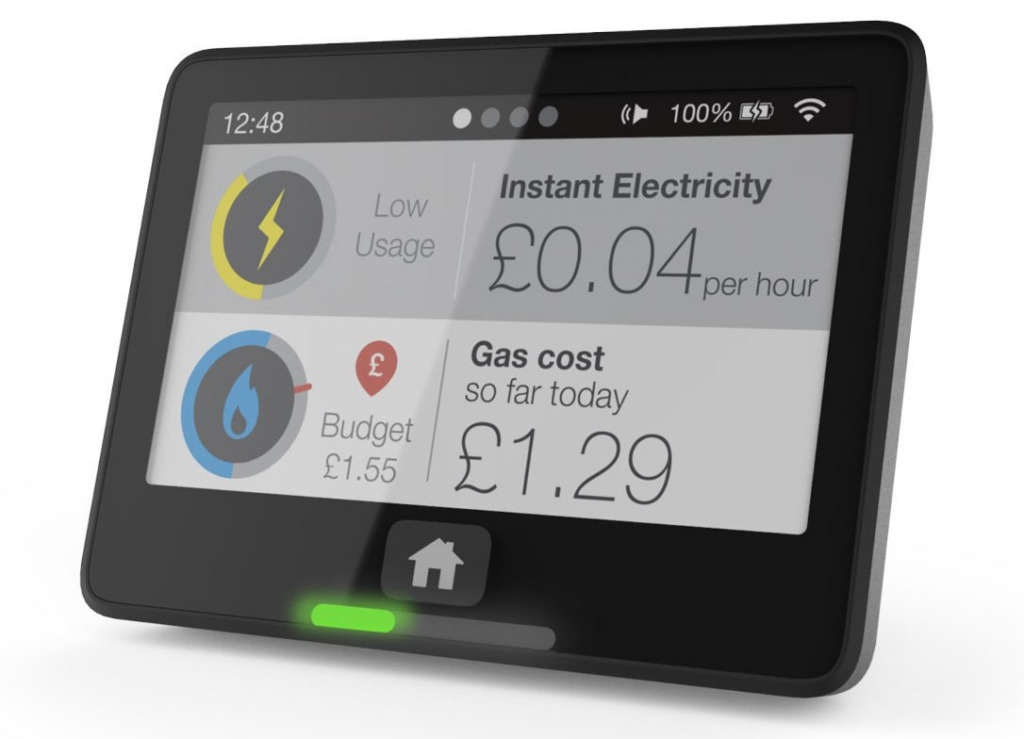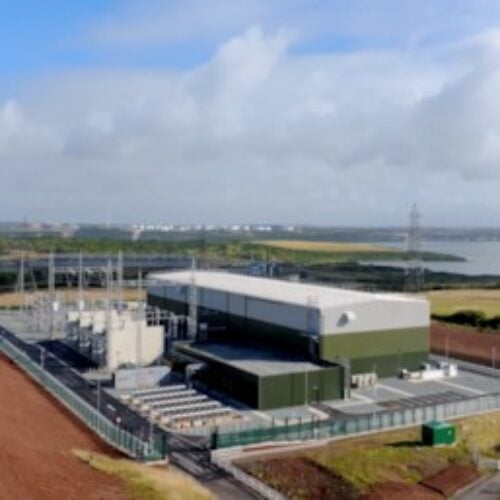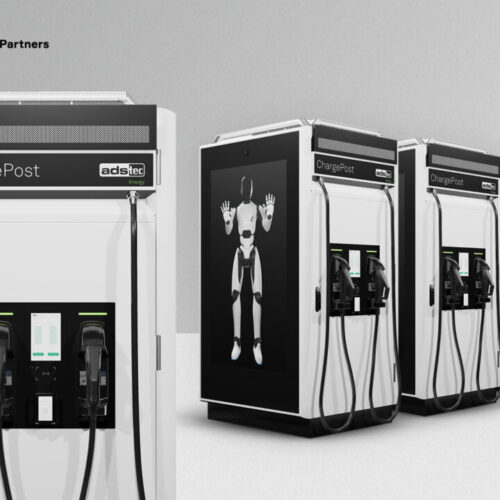The UK is on course to miss the government target of achieving 100% smart meter coverage by 2025, according to data from Cornwall Insight.
The research and analytics consultancy revealed that its smart meter analysis – which looks at supplier installation figures – “suggests that if suppliers are to be given realistic installation targets, the 100% goal is likely to be unattainable in the two-and-a-half-year timeframe.”
All energy suppliers are expected to hit 50% smart meter coverage by the end of 2023, but some companies have had more success at hitting targets than others. E Energy had the highest target coverage with 72% in 2023 but only five companies had targets over 60% for 2023. Both OVO Energy and So Energy increased their targets significantly with So Energy’s target rising from 33% in 2022 to 57% in 2023. Shell and Ecotricity also have targets above 60%.
Domestic smart meter target by suppliers between 2022-23

According to Cornwall Insight some suppliers missed their 2022 targets after taking on more customers, for example those gained through the Supplier of Last Resort process.
With little time left to reach the 2025 target, reaching 100% coverage will mean suppliers need to increase their rollout efforts significantly.
“Smart meters have been shown to decrease bills and reduce peak time energy consumption. Additionally getting to 100% coverage would be an important milestone for other industry workstreams such as market-wide half hourly settlement, helping to support flexible energy use and facilitate the transition to net zero,” said Mikael Mahmud, consumer markets analyst at Cornwall Insight.
“However, while suppliers have made progress in increasing their smart meter rollout, if they are to keep within realistic goals, they face an uphill struggle to meet the government’s 100% target.
“Given the number of variables in play, from the upfront costs incurred by suppliers, through to customer willingness to install the meters, the government must weigh carefully their 100% coverage goal against the acceptable tolerance level, which allows suppliers to deviate from their targets. It’s important to acknowledge that hitting or missing installation targets may not always be within the supplier’s control.”






